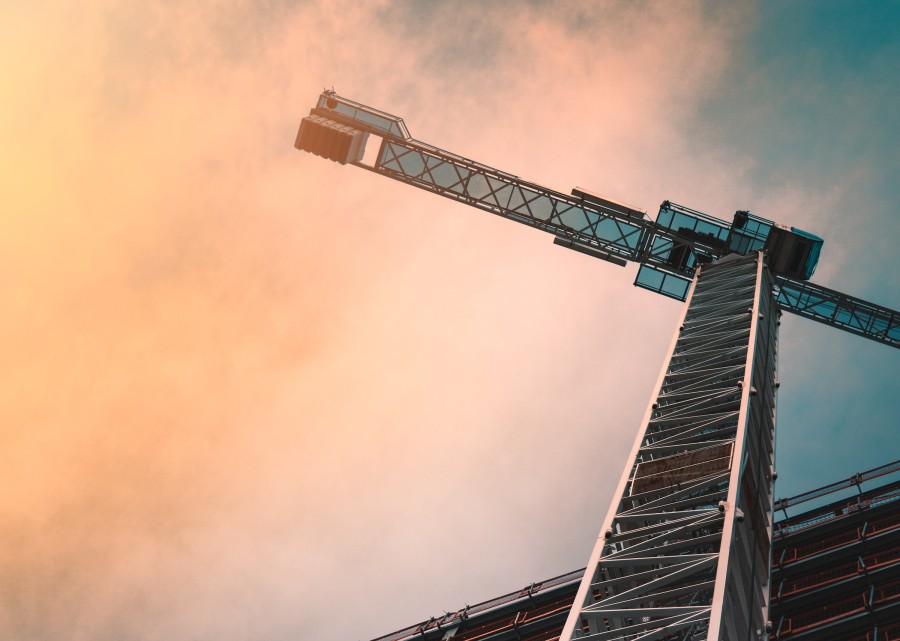Roberts v Goodwin Street Developments Pty Ltd [2023] NSWCA 5
On 10 February 2023, the NSW Court of Appeal handed down judgment on the appeal of the Supreme Court's controversial decision on which classes of buildings the new statutory duty of care owed under the Design and Building Practitioners Act 2020 (NSW) (DBP Act) applies to. The appeal was dismissed, with the Court of Appeal confirming that the retrospective duty of care introduced by the DBP Act applies to all classes of buildings. This is a significant decision for building and construction professionals and their insurers, many of whom previously understood the duty may have only applied to class 2 (multi-residential) buildings.
Background
In 2022, the Supreme Court was asked to consider whether a claim for breach of the duty of care owed under section 37 the DBP Act could be made in relation to the construction of a boarding house. A developer had sued a builder for (among other things) defects in the construction of three residential boarding houses intended for use as university student accommodation. The claim was brought against the builder personally and made pursuant to the statutory duty of care under section 37 of the DBP Act.
In the Court's first-ever decision on the application of the duty of care, Goodwin Street Developments Pty Ltd atf Jesmond Unit Trust v DSD Builders Pty Ltd (in liq) [2022] NSWSC 624, Justice Stevenson sought to interpret and apply the relevant sections of the DBP Act, a task His Honour described as "fiendishly difficult", given the drafting of those sections. Justice Stevenson ultimately found that:
-
the definition of "building work" in section 4(1) of the DBP Act (which refers only to class 2 buildings) did not apply to Part 4 (which contains the duty of care provisions); and
-
by reason of the operation of section 36(2) of the DBP Act and the definition of "building" in section 36(1), the statutory duty of care in section 37 applies to "building work" and therefore "construction work" in relation to a boarding house.
Although not expressly stated, Justice Stevenson's reasoning suggested that the duty could apply in relation to any building work undertaken on any building that fell within the (broad and vague) definition of "building" under the Environmental Planning and Assessment Act 1979 (NSW) (EPA Act).
Appeal
The builder, Mr Roberts, appealed the decision. One of the grounds of appeal raised was that the primary judge erred in his interpretation of the relevant definitions and sections of the DBP Act, asserting that the duty of care in fact did not extend to work done on boarding houses. The other two grounds are not relevant to this note.
In a unanimous decision, this ground of appeal was dismissed, with all three judges reaching the same conclusion as the primary judge, albeit via an alternative construction of the relevant sections (detailed below).
Legislative history
It was not contentious that the meaning of the relevant provisions was ambiguous, so the Court traced through the history of the legislation, which it described as "complicated", to ascertain the purpose of the DBP Act. The Court considered the amendments to the duty of care provisions introduced by the Greens before the relevant bill was passed in the Legislative Assembly, which included amendments to the sections in issue here. Specifically, the Court noted [at 208]:
"On 3 June 2020 the Bill as amended was returned to the Legislative Assembly, where the amended version was passed. The Minister referred in the Assembly to the Government working co-operatively with Mr David Shoebridge MLC and gave the Government’s support to those amendments which 'collectively clarified the operation of the duty of care protections in the bill'. After stating that the Bill was always meant to be about class 2 residential buildings..., the Minister said that the Government was not in a position to oppose both The Greens and Labor 'moving to expand the duty of care to all classes of buildings..."
Court's statutory interpretation
Applying the principles of statutory construction, the Court considered that the construction which best gives effect to the text, context and purpose of the relevant provisions is one where the general definition of "building work" in section 4(1):
-
does apply to the further definition of "building work" in section 36(1)1, but only with respect to the type of work undertaken; however
-
does not apply to the type of buildings that works is undertaken on, because this is addressed by the definition of "building" in section 36(1)2.
Implications
Put simply, this means that any building professional who has undertaken or undertakes building work on any building which meets the definition of "building" under the EPA Act is now exposed to a claim for breach of the duty of care owed under section 37 of the DBP Act.
The duty is owed to current and subsequent owners of these buildings and requires building professionals to exercise reasonable care to avoid economic loss caused by defects. It operates retrospectively, provided the economic loss in question first became apparent within 10 years before the commencement of the DBP Act, or since its commencement.
While there was some uncertainty pending the outcome of this appeal, owners of all buildings (not just class 2 buildings) will now be able to bring claims against builders and consultants for breach of this duty. Whether this will give rise to an influx of claims on different classes of buildings is yet to be seen. There is, however, a risk that it will increase the exposure of builders and consultants and so will be a cause for concern for their insurers. Interestingly, while the mandatory insurance requirements under the DBP Act commenced on 1 July 2022, at present these requirements only apply to building work undertaken on class 2 buildings.
For more information on how this decision may apply to your business, please contact a member of our team.
1 The definition of "building work" in section 36(1) says that "building work includes residential building work within the meaning of the Home Building Act 1989".
2 The definition of "building" in section 36(1) says that "building has the same meaning as it has in the Environmental Planning and Assessment Act 1979".
Image by James Sullivan on Unsplash.
All information on this site is of a general nature only and is not intended to be relied upon as, nor to be a substitute for, specific legal professional advice. No responsibility for the loss occasioned to any person acting on or refraining from action as a result of any material published can be accepted. Lander & Rogers is furthermore committed to providing legal advice and content that is factual, true, practical and understandable. Learn more about our editorial policy.
 Client portal
Client portal












